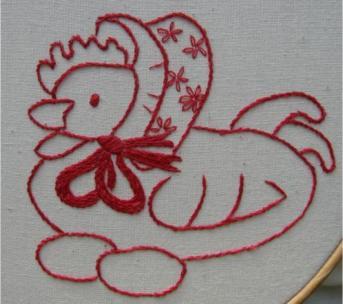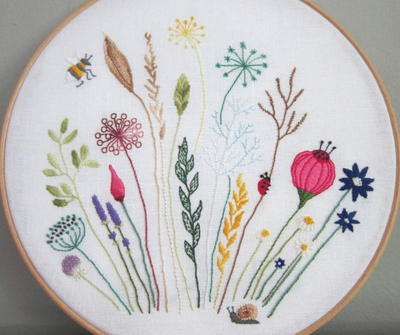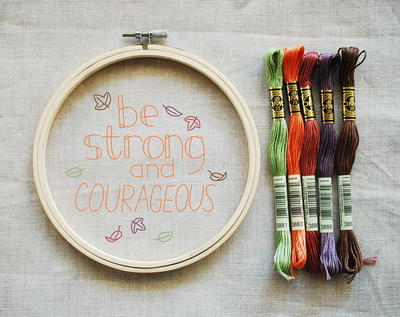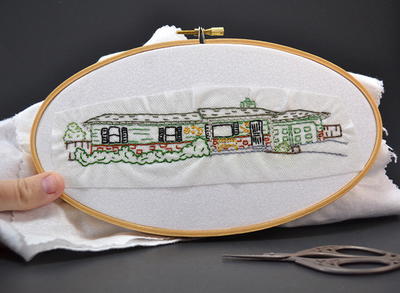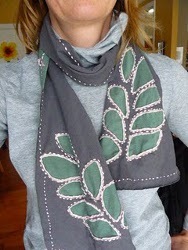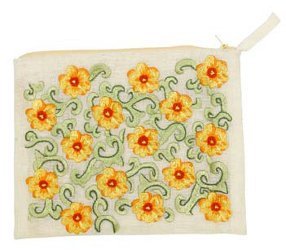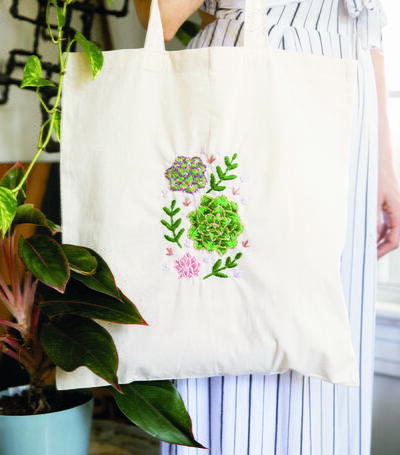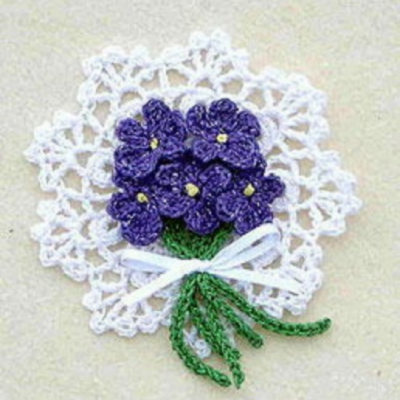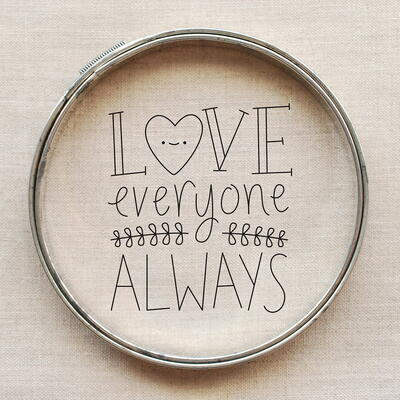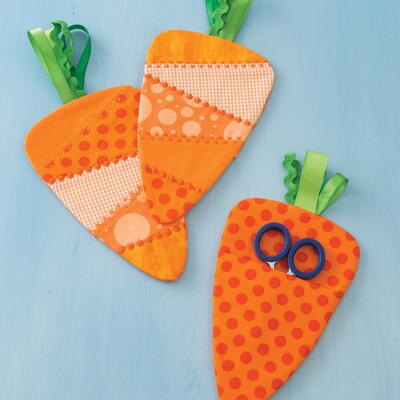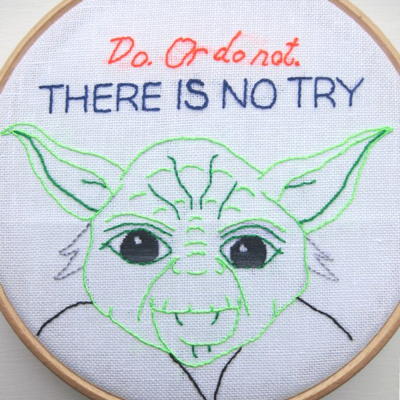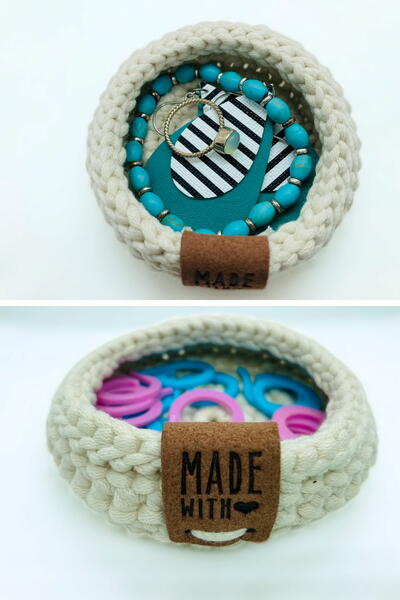Does Redwork Make You See Red?
Redwork will have you seeing red only because it is created with a red cotton thread! It is a simple embroidery technique that is one of the most beloved traditional crafts.

Redwork will have you seeing red only because it is created with a red cotton thread! It is a simple embroidery technique that is one of the most beloved traditional crafts. Redwork is believed to have originated in Europe in the 19th century. It is believed to have made its way to America before the Civil War by immigrants. This style of embroidery was most popular with the working classes as it was not out of their price range. It’s first popularity had much to do with its affordability, simplicity, and availability.
In the United States penny squares were sold; penny squares were 6” muslin square marked with a design that could be stitched. The square was sold for a penny and for an additional penny you could buy a skein of red thread. The squares were often used to create quilts, bedspreads and linens. The squares eventually went up in price, but folklore loves the origins.
The stitches and designs were simple enough for children to use to learn and improve their stitching skills. The designs were often no more than just the outline of a motif like a flower, dog, or child. You could purchase these squares at the local general store and by mail order from ads in catalogs, newspapers, and magazines. The popularity of redwork embroidery died done after WWII, but it can still be found in books, magazines, and online.
Materials Needed For Redwork:
- Red embroidery floss
- Fabric, traditionally plain cotton muslin
- Needle, small sharp
- Hoop, to hold the fabric in place while stitching
- Design, usually a transfer design
Additional Tips:
- Make sure your thread is colorfast. Red dye will travel and stain.
- Wash your muslin before you transfer your design or start stitching
- Redwork is simple and doesn’t translate well to fussy or overly detailed designs.
- Traditional redwork designs included alphabets, samplers, farm animals, fruits, and holidays.
Your Recently Viewed Projects
joyg67
Jul 09, 2010
My nine year old granddaughter is just learning embroidery and sewing. This is right up her alley. Guess I'll mosey over to JoAnns and buy some muslin yardage. This will keep her busy all summer. Thanks. Joy
Dutchbabe
Jul 09, 2010
I found this article to be of interest. I am always looking for information about Redwork. I am a collector of old Redwork, an embroider of new Redwork and belong to a Redwork group.
Report Inappropriate Comment
Are you sure you would like to report this comment? It will be flagged for our moderators to take action.
Thank you for taking the time to improve the content on our site.

